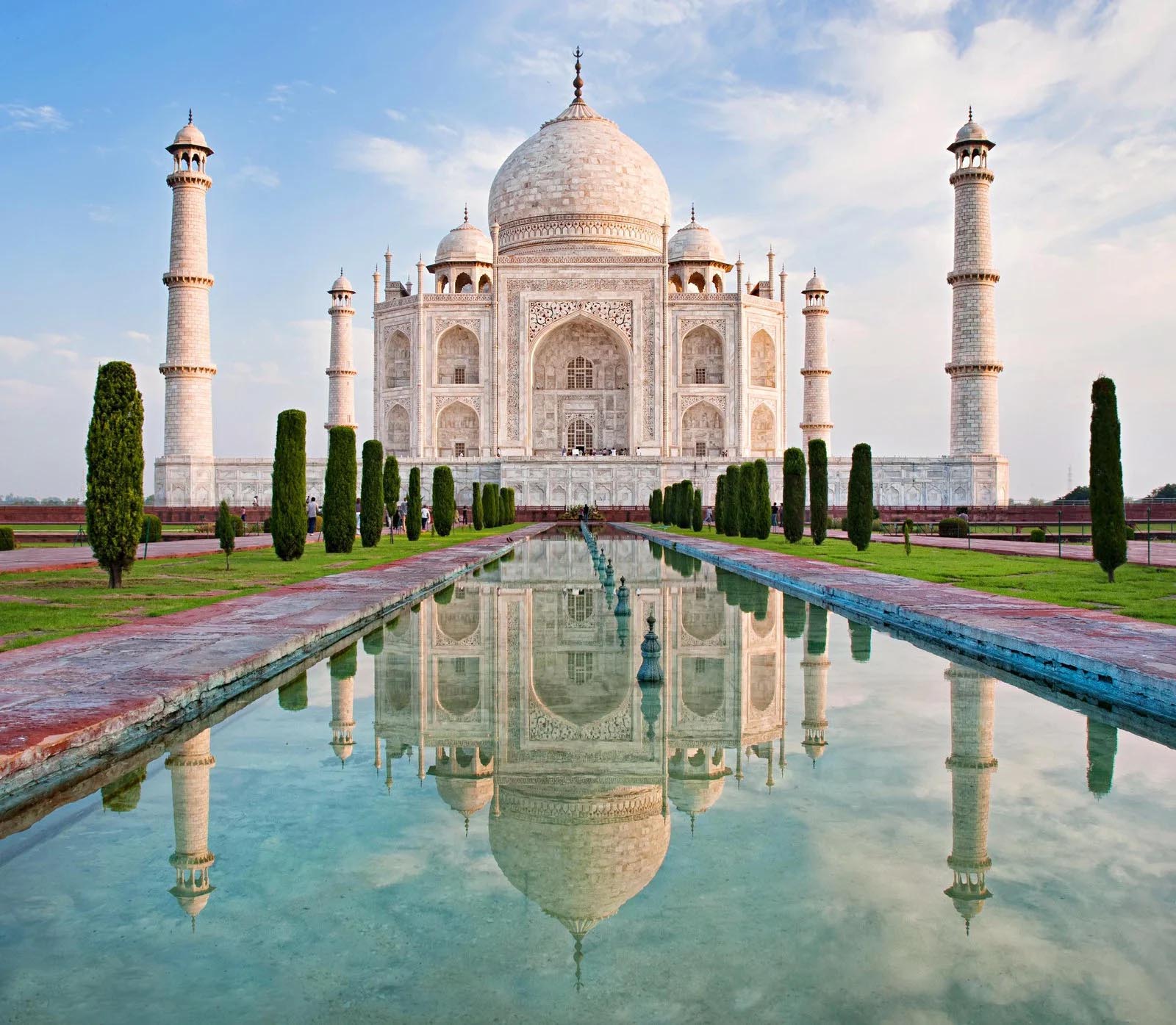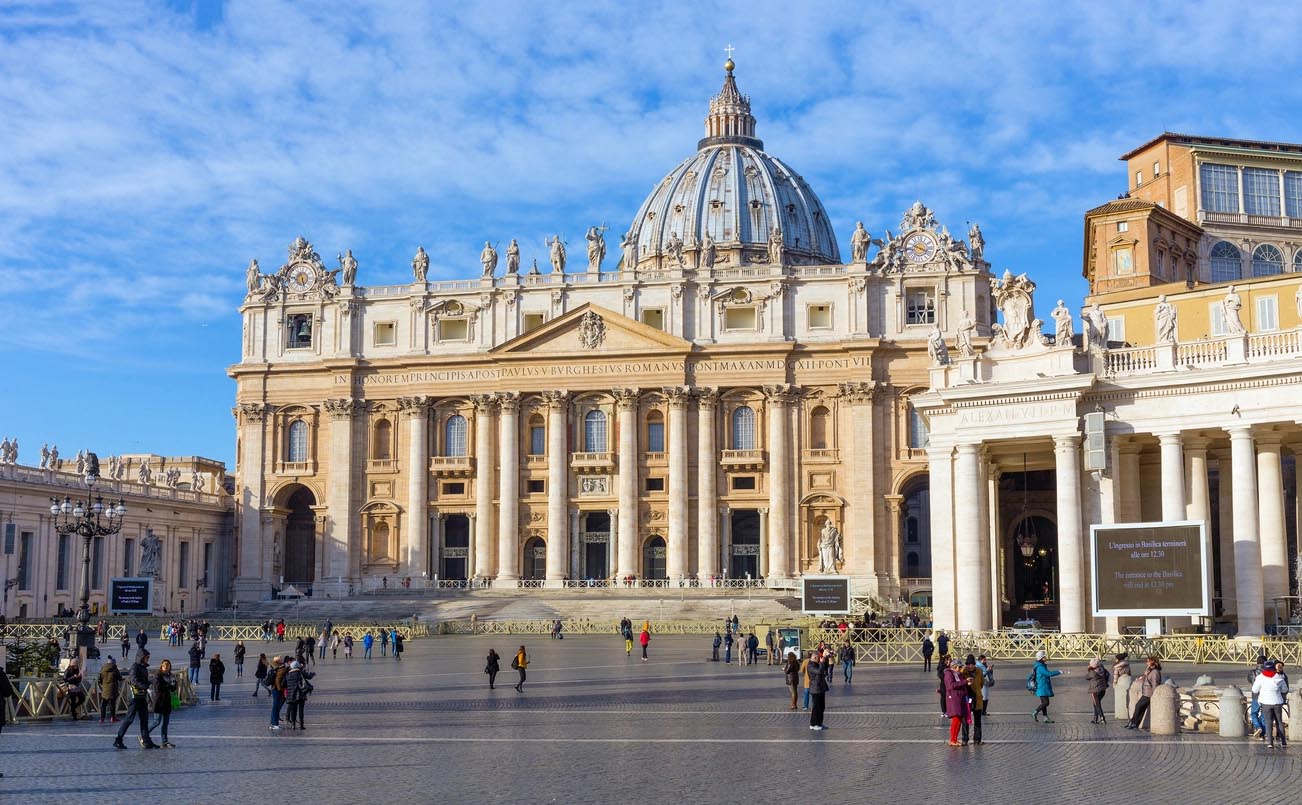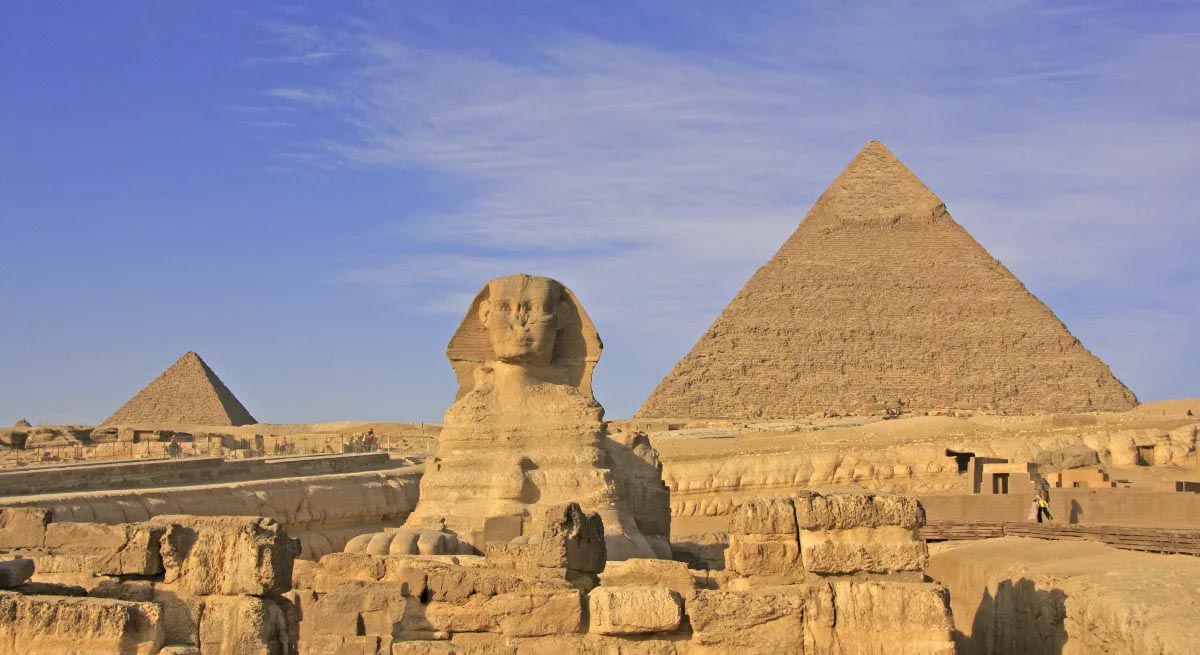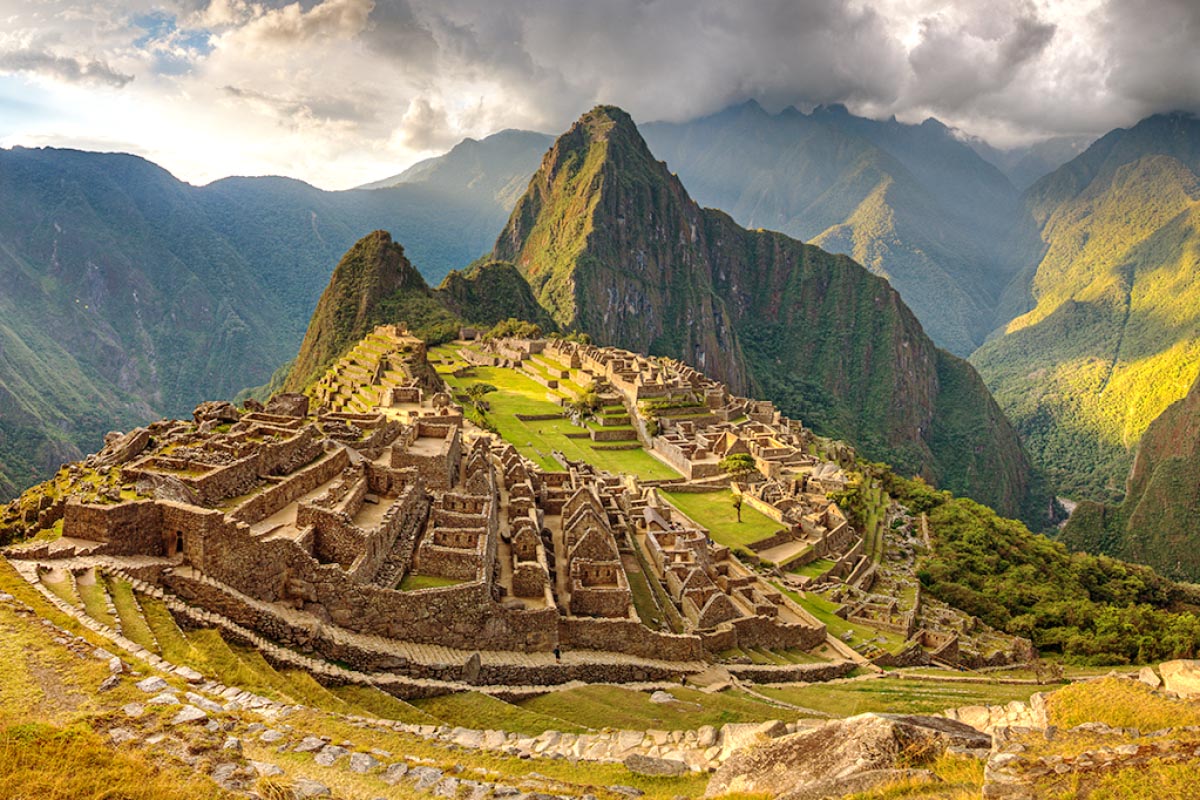Human beings possess a profound passion for natural stones, and this ardor is underpinned by numerous compelling reasons. Throughout the annals of human history, natural stone varieties such as granite, marble, quartzite, and limestone have played pivotal roles in the earliest forms of architectural endeavors. Indeed, these enduring materials have been instrumental in the construction of some of the most iconic monuments worldwide. From the majestic Great Pyramid of Giza to the modern marvel of the Sydney Opera House, natural stones like quartzite have been harnessed to fashion awe-inspiring structures that have withstood the test of time.
Here, we present a list of 10 remarkable monuments that showcase the beauty and resilience of natural stones, further deepening one’s appreciation for these extraordinary materials:
Taj Mahal, India
The Taj Mahal, an iconic monument in India, is predominantly crafted from white marble, while it also boasts intricate inlaid designs that incorporate a range of semiprecious stones, among them quartzite. Although precise details about the exact type of quartzite utilized in the Taj Mahal remain somewhat scant, it is widely surmised to be a polished variety, either white or grey in hue, meticulously employed in the ornate embellishments that grace this architectural masterpiece.

The Colosseum, Italy
The ancient Roman theater was constructed using travertine, a particular form of limestone known to frequently contain traces of quartzite.

St. Peter’s Basilica, Vatican City
St. Peter’s Basilica in Vatican City is an expansive church that incorporates a diverse array of stones in its construction, encompassing marble, granite, travertine, and additional stone varieties like porphyry and alabaster. The basilica’s flooring is fashioned from marble, while the walls and columns amalgamate various types of marble and other stone materials. Quartzite also plays a role in the basilica’s architecture, notably appearing in the flooring and adorning select decorative elements.

The Great Pyramid of Giza, Egypt
The largest of the three pyramids at Giza was constructed using a combination of limestone and granite, the latter of which frequently incorporates quartzite.

The Alhambra, Spain
The renowned Moorish palace and fortress complex features a diverse selection of stones in its construction, with quartzite being one of them. This quartzite is prominently showcased in the complex’s intricate geometric patterns adorning both the walls and floors.

The Pantheon, Italy
The ancient Roman temple is primarily composed of concrete, while its facade is adorned with marble and a medley of other stones, among which quartzite prominently features.

The Machu Picchu, Peru
The remarkable Inca citadel is situated atop a granite mountain and boasts an array of stone structures, including walls fashioned from quartzite.

The Sydney Opera House, Australia
The iconic performing arts center is crafted from precast concrete panels, showcasing a polished finish that incorporates quartzite aggregates.

The Marble Arch, United Kingdom
The famous arch in London is made of white marble and features decorative elements made of quartzite.

The Washington Monument, United States
The popular obelisk in Washington D.C. is made of marble, granite, and quartzite.

These are just a few examples of the many worldwide monuments that use natural stones like quartzite in their construction. Whether it’s in the form of flooring, countertops, or decorative elements, natural stone adds a timeless and impressive quality to these iconic structures. Check out our vast portfolio of premium natural stones by clicking here.
